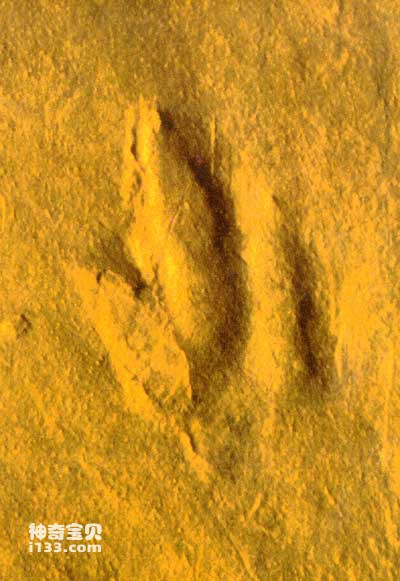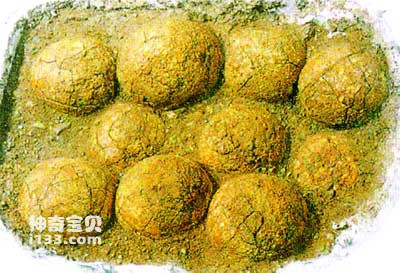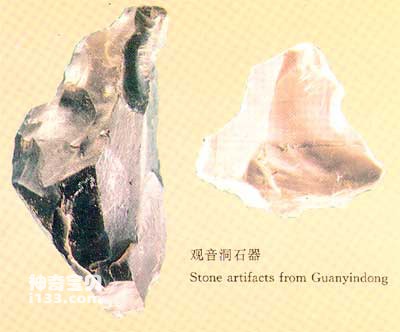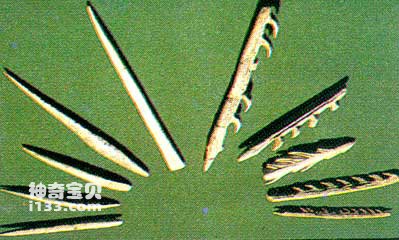Traces of the activities of ancient organisms and their relics preserved in rock formations are called trace fossils. Among them, the relics of ancient organisms can become relic fossils.

dinosaur footprints
Trace fossils are rarely preserved at the same time as the physical fossils of paleontology that left the remains, so it is difficult to determine the correspondence between the two. Trace fossils can fully explain the existence and lifestyle of certain organisms during geological history. They enrich the records left by ancient organisms and provide us with clues to a more comprehensive understanding of ancient organisms.

dinosaur egg fossil
The most attractive trace fossils are the footprints of vertebrates. Based on the size, depth and arrangement of the footprints, scientists can infer whether the ancient animals that left these footprints were heavy or light, and whether the walking gait was strolling, running or running. jump. Depending on whether the tracks contain paw or hoof prints, scientists can infer whether the animals were carnivores or herbivores. The China Paleozoological Museum, located near the Beijing Zoo, collects many large and small dinosaur footprints. Through these trace fossils, you can imagine the scene of dinosaurs walking or galloping on the ancient land on the earth 100 million years ago.

Paleolithic
In addition, common trace fossils include crawling traces of vermiforms, crawling traces of arthropods, burrows left by tongue-shaped shells and worms drilling holes on the sea floor, and foraging traces of certain animals.
The relic fossils mainly include animal excrement (coprolite) or eggs (egg fossil). Relic fossils such as fish coprolite (picture), hyena coprolite (picture), various dinosaur egg fossils, and ostrich egg fossils can also be seen in the Chinese Paleontology Museum.

bone organ
Since the emergence of ancient humans, the tools and various other cultural relics they made and used in various stages of development are also relic fossils. If you come to our Chinese Paleontology Museum, you will appreciate hundreds of precious Paleolithic tools, bone tools and other relics and fossils that embody the wisdom of ancient humans in the "Shuhua Paleoanthropology Museum" inside. The owner of the museum, Ryuko, once saw in the hands of a farmer a dagger made by ancient humans from mammoth bones more than 10,000 years ago. It was extremely finely made and was almost the same as a dagger used by modern soldiers. There was still an oily black residue in the blood tank that was formed after the animal blood that had been stained while hunting had deteriorated. Through this dagger, I seemed to see the primitive life scenes of our ancestors more than 10,000 years ago, where they drank hair and drank blood. But I also felt the tenacious spirit of our ancestors who used their wisdom to fight endlessly in the harsh survival competition environment. It is with this spirit and wisdom that we humans have finally evolved and developed step by step until today, and have become the masters of the earth.
animal tags:
We created this article in conjunction with AI technology, then made sure it was fact-checked and edited by a Animals Top editor.